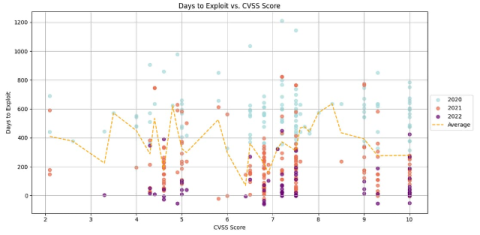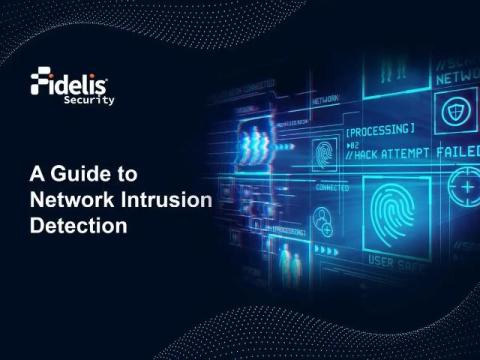A Case Study in Vulnerability Prioritization: Lessons Learned from Large-Scale Incidents
There’s no way around it: vulnerability management is complex. As organizations become more reliant on software and applications, the sheer volume of known vulnerabilities has become more difficult to track, prioritize, and remediate. Adversaries have also become increasingly reliant on exploiting vulnerabilities in order to compromise organizations.










